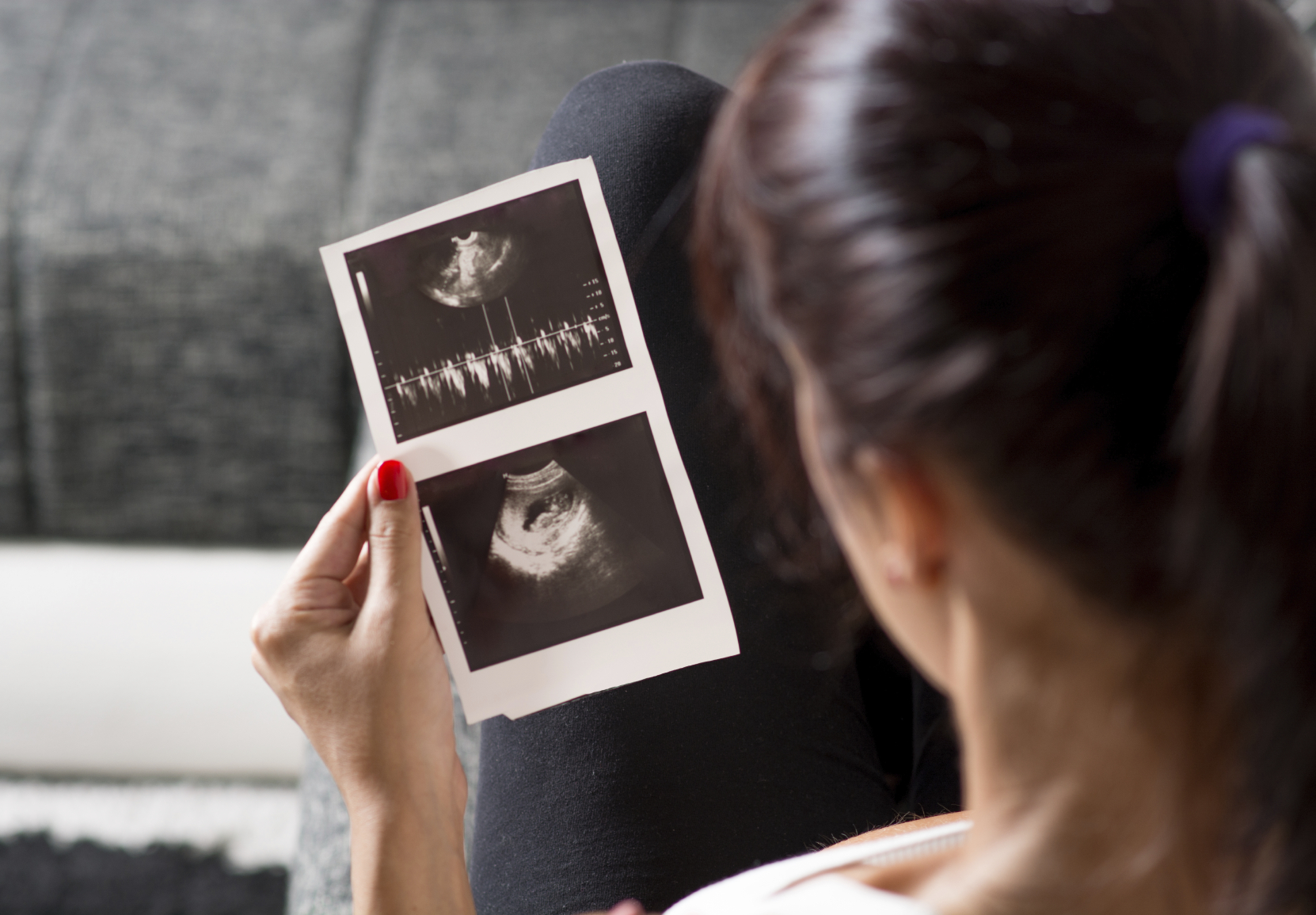“In the late 1960s most Americans were unaware of what a fetus looked like.”
The use of these images were important for early victories at the state level when fighting against legal abortion. It remains a controversial practice, even among those who support the defense of the unborn.
Associate professor of history at the University of West Georgia, Dr. Daniel K. Williams shares how the use of images has shaped the fight against abortion.
“The very first fetal photographs that most American saw were published in Life magazine in 1965.”
Even after those photos appeared in Life magazine, pro-lifers made very limited use of them. Most books that were published in the late 1960’s defending the pro-life perspective were published without any images at all. In the early 1970s, pro-lifers changed their tactics.
“They realized the power of fetal photographs; not only photos of the fully developed fetus, healthy fetus, but also photos of aborted fetuses. Those may have been the most controversial because, as you can imagine, they were graphic, gruesome images and many pro-choicers claimed that they had been manipulated in some way; that perhaps the photos were staged or distorted.”
The photos were extremely powerful. Photos of 19- 21 week old fetuses were credited for the pro-life movement’s victory in a 1972 abortion legalization referendum in Michigan.
“Michigan was set to legalize abortion through a voter initiative. Initial polling in the summer of 1972 showed that pro-choicers had a solid majority of support. The polls were showing that at least 57% or more of Michigan voters were set to say that yes they wanted to legalize elective abortion to 20 weeks.
“In the last few weeks before the election the pro-life movement engaged in a widespread television and billboard advertising campaign, and also distributed leaflets, all of which focused on images of second trimester fetuses. When people saw what a 19-week-old fetus actually looked like, that it looked very much like a premature baby, that all of its features were quite well developed, they rethought their support for this bill.”
“Many voters who otherwise would have supported abortion in the first trimester had second thoughts and ultimately the proposal was defeated decisively.”
It was a surprise victory for the pro-life movement, and it solidified the pro-life activists’ belief that a picture is worth a thousand words. They realized that if they could show people what an unborn child looks like, and if they could show people what actually happened in abortion, they could change people’s minds and hearts.






















